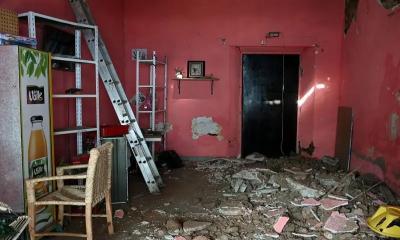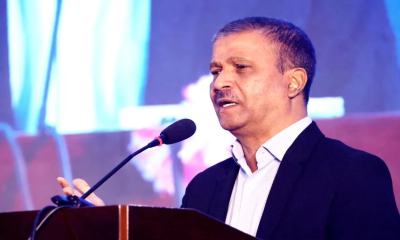Without warning on Saturday, Gaza`s Hamas rulers attacked Israel by air, land and sea. Millions of Israelis in the country`s south awoke to the searing sound of incoming rockets and the inevitable thud of impact. Air raid sirens wailed as far north as Tel Aviv. Israel`s anti-rocket interceptors thundered in Jerusalem.
In an unprecedented escalation, armed Hamas fighters blew up parts of Israel`s highly fortified separation fence and strode into Israeli communities along the Gaza frontier, terrorizing residents and trading fire with Israeli soldiers.
Israeli Prime Minister Benjamin Netanyahu and his far-right allies were scrambling to respond to the rapidly changing events. As the day wore on, the casualties quickly mounted.
Rescue Service Zaka, an Israeli group, said at least 200 people died in southern Israel and an additional 1,100 people were wounded.
At least 198 people in the Gaza Strip were killed and at least 1,610 wounded amid Israel`s retaliation.
Here are some key takeaways from the multi-pronged attack that has suddenly plunged Israel and Gaza into battle.
DID ISRAELIS DETECT ATTACK AHEAD OF TIME?
The shock that Israelis felt on Saturday morning — on Simchat Torah, one of the most joyous days of the Jewish calendar — recalled the surprise of the the 1973 Mideast war. Practically 50 years earlier to the day, a full-scale Egyptian-Syrian attack on a Jewish holiday quickly turned into a disaster for an unprepared Israeli military.
Then, as now, Israelis had assumed that their intelligence services would be able to alert the army to any major attack or invasion well in advance. That colossal failure still haunts the legacy of then-Prime Minister Golda Meir and helped bring down the lengthy rule of the once-dominant Labor Party.
Now, the question of how the militants were able to stage such a huge and coordinated attack — which has already killed more Israelis than any single assault since the second Palestinian uprising two decades ago — without triggering Israeli intelligence concerns has already presented a major challenge to Netanyahu`s ultranationalist government.
The government`s supporters had expected Netanyahu and hard-line ministers with a history of anti-Arab rhetoric like National Security Minister Itamar Ben-Gvir to take a particularly belligerent stance against the Palestinians and respond more forcefully to threats from militants in Gaza.
As political analysts lambast Netanyahu over the failure, and the casualty count climbs, Netanyahu risks losing control of both his government and the country.
HOW WAS HAMAS ABLE TO CARRY OUT THE ASSAULT?
Hamas claimed its fighters took several Israelis captive in the enclave, releasing gruesome videos of militants dragging bloodied soldiers across the ground and standing over dead bodies, some of them stripped to their underwear. It said senior Israeli military officers were among the captives.
The videos could not immediately be verified but matched geographic features of the area. Fears that Israelis had been kidnapped evoked the 2006 capture of soldier Gilad Shalit, whom Hamas-linked militants seized in a cross-border raid. Hamas held Shalit for five years until he was exchanged for over 1,000 Palestinian prisoners held by Israel.
In a dramatic escalation unseen in decades, Hamas also sent paragliders flying into Israel, the Israeli military said. The brazen attack recalled a famous assault in the late 1980s when Palestinian militants crossed from Lebanon into northern Israel on hang-gliders and killed six Israeli soldiers.
The Israeli army belatedly confirmed that soldiers and civilians were taken hostage in Gaza, but refused to provide further details.
WHAT PROMPTED THE ATTACK?
Hamas officials cited long-simmering sources of tension between Israel and the Palestinians, including the dispute around the sensitive Al-Aqsa Mosque compound, which is is sacred to both Muslims and Jews and remains at the emotional heart of the Israeli-Palestinian conflict. Competing claims over the site, known to Jews as the Temple Mount, have spilled into violence before, including a bloody 11-day war between Israel and Hamas in 2021.
In recent years, Israeli religious nationalists — such as Ben-Gvir, the national security minister — have increased their visits to the compound. Last week, during the Jewish harvest festival of Sukkot, hundreds of ultra-Orthodox Jews and Israeli activists visited the site, prompting condemnation from Hamas and accusations that Jews were praying there in violation of the status quo agreement.
Hamas statements have also cited the expansion of Jewish settlements on lands that the Palestinians claim for a future state and Ben-Gvir`s efforts to toughen restrictions on Palestinian prisoners in Israeli jails.
More recently, tensions have escalated with violent Palestinian protests along the Gaza frontier. In negotiations with Qatar, Egypt and the United Nations, Hamas has pushed for Israeli concessions that could loosen the 17-year blockade on the enclave and help halt a worsening financial crisis that has sharpened public criticism of its rule.
Some political analysts have linked Hamas` attack to current U.S.-brokered talks on normalization of ties between Israel and Saudi Arabia. So far, reports of possible concessions to Palestinians in the negotiations have involved Palestinians in the occupied West Bank, not Gaza.
"We have always said that normalization will not achieve security, stability, or calm," Bassem Naim, a senior Hamas official, told the AP.
ATTACK COMES WHEN ISRAELI SOCIETY IS DIVIDED
The eruption of violence comes at a difficult time for Israel, which is facing the biggest protests in its history over Netanyahu`s proposal to weaken the Supreme Court while he is on trial for corruption.
The protest movement, which accuses Netanyahu of making a power grab, has bitterly divided Israeli society and unleashed turmoil within the Israeli military. Hundreds of reservists have threatened to stop volunteering to report for duty in protest at the judicial overhaul.
Reservists are the backbone of the country`s army, and protests within the army ranks have raised concerns about the military`s cohesion, operational readiness and power of deterrence as it confronts threats on multiple fronts. Netanyahu on Saturday called up "an extensive mobilization of reserve forces."
WHAT KIND OF CEASE-FIRE OR RESOLUTION CAN BE EXPECTED?
Israel and Hamas have fought four wars and exchanged fire numerous times since the Islamic militant group seized control of Gaza from forces loyal to the Palestinian Authority in 2007. Cease-fires have stopped major fighting in past rounds of conflict but have always proven shaky.
Each agreement in the past has offered a period of calm, but the deeper, underlying issues of the conflict are rarely addressed and set the stage for the next round of airstrikes and rockets.
With its increased leverage in this round, Hamas is likely to push harder for concessions on key issues, such as easing the blockade and winning the release of prisoners held by Israel.


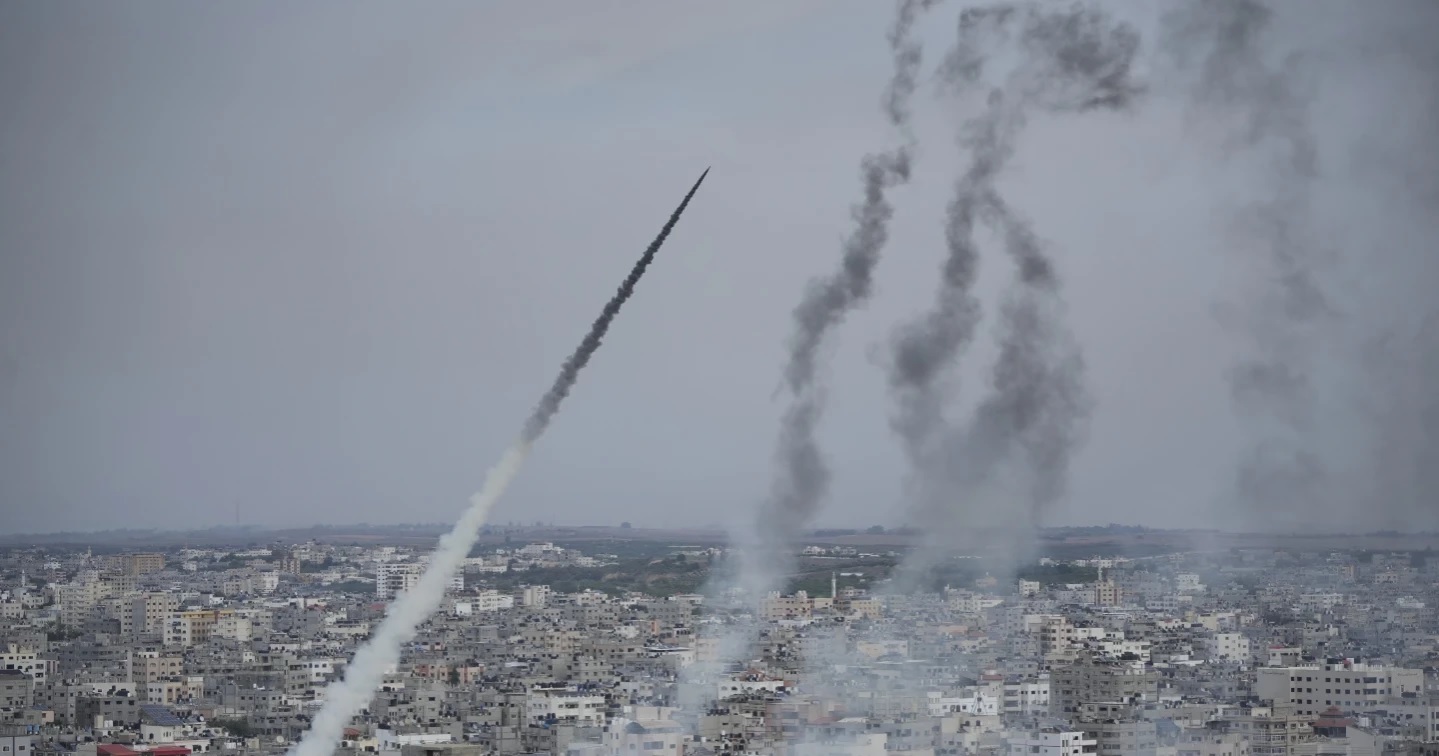

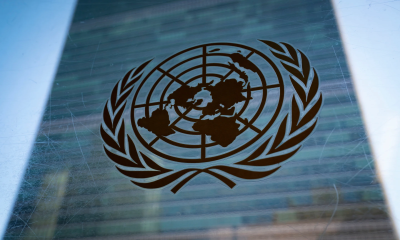
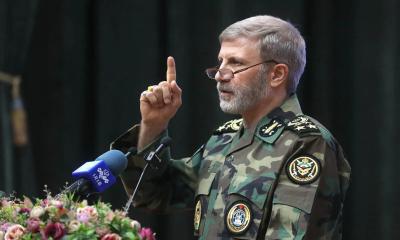
-20260107111805.webp)


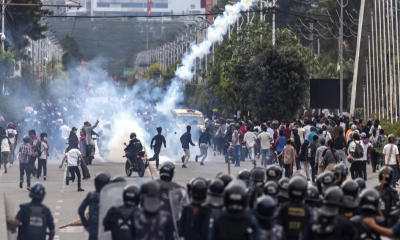
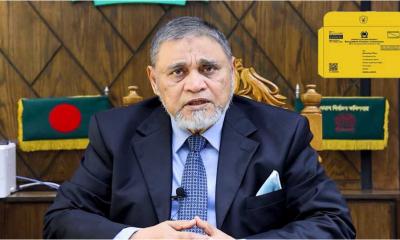







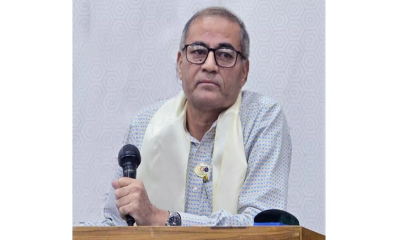


-(2)-20260102070806.jpeg)

-(25)-20251122062715-20260105041159.jpeg)
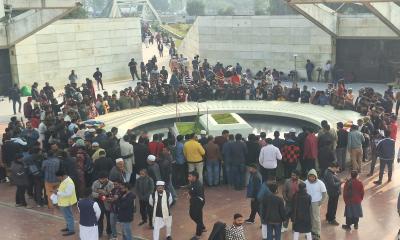


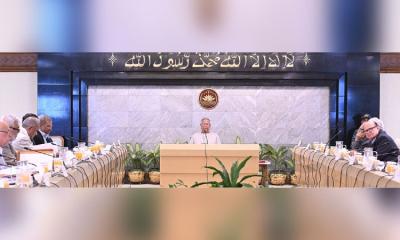
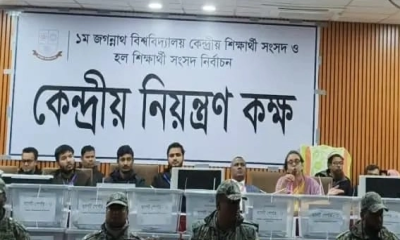
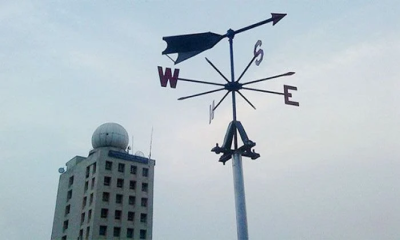

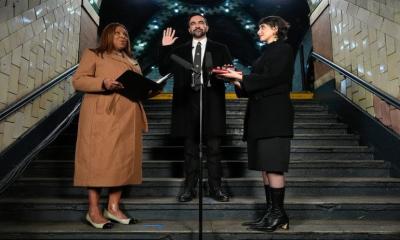
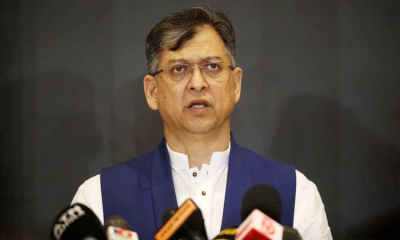
-20260103102222.webp)
